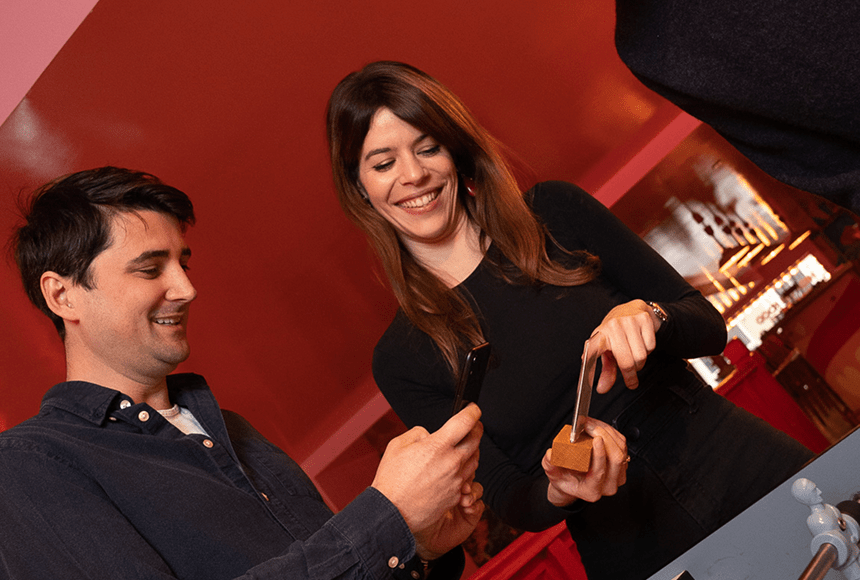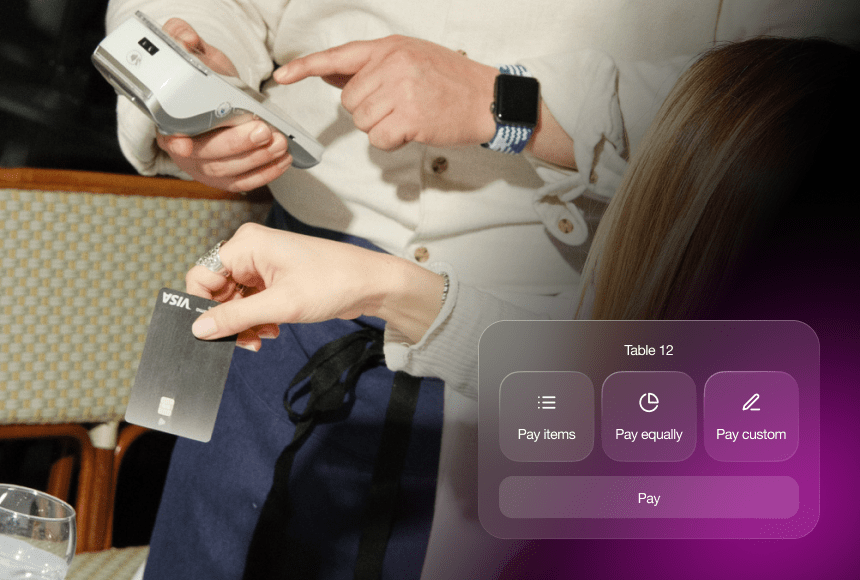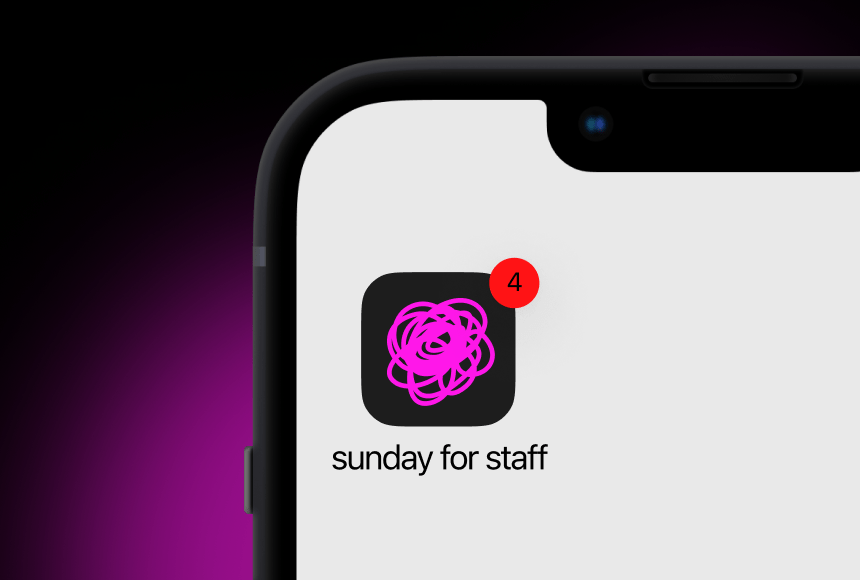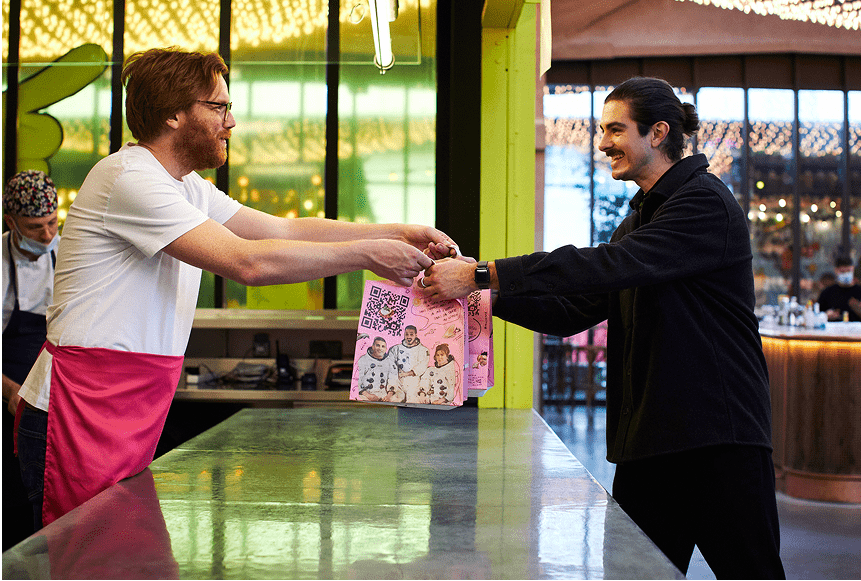
What Diners Truly Crave: A Real Look at Order & Pay and Traditional Service
Shifting Habits in Restaurants
In restaurants across the UK, a significant change has been brewing over the past few years. Diners no longer want to be held captive by slow service or hefty queues at the counter. They want a swift, frictionless dining experience—one that suits their pace. This is where Order & Pay solutions have entered the conversation, promising an easier way for guests to browse menus, order, settle the bill, tip, and even leave online reviews. But do people really prefer this new approach to traditional service?
You may be asking yourself: are your guests clamouring for high-tech convenience, or are they still yearning for the personal touch of a server who knows their name and offers recommendations? It’s not an either-or scenario. As we explore the differences between Order & Pay and traditional service, you’ll discover how they can coexist—and why striking the right balance could be the secret ingredient to pleasing your diners and boosting your bottom line.
Why Order & Pay Is Gaining Ground
Let’s start with the basics. Order & Pay solutions typically allow customers to scan a QR code at their table, place their order, pay via their phone, and add a tip without the wait. In some cases, diners can even leave instant feedback or post a Google review. This modern approach is designed to speed up table turnover, but it also empowers guests to take control of their dining experience.
When spotlighting the UK market, one reason for the rise of Order & Pay is convenience. Thanks to smartphones, most Brits are comfortable scanning QR codes and using mobile apps. We’re a nation that shops, banks, and even dates through our phones—so why not pay for a meal that way, too?
A second reason is staffing challenges. According to BigHospitality, staff shortages remain a key concern for restaurant owners. Handling peak service times with fewer hands on deck can be difficult, but an Order & Pay system helps by reducing the number of routine table visits servers need to make. Rather than running around taking orders or settling bills at every table, your staff can focus on delivering that special human touch: advising on menu choices, ensuring dishes arrive hot, and paying attention to guest comfort.
But let’s not forget guest preferences. In a society that’s grown accustomed to rapid deliveries and split-second transactions, some diners genuinely appreciate a quick “tap to pay and back to work” option. The hustle and bustle of city life makes a 15-minute lunch break feel like a luxury—especially if half of it isn’t spent flagging down a staff member for the bill.
What Traditional Service Still Offers
Despite the advantages of Order & Pay technology, many restaurant-goers still look forward to good old-fashioned service. They relish the personal interaction: a friendly greeting, a smile, a knowledgeable recommendation about the perfect wine or the day’s special. Some guests even find it more relaxing to let someone else handle all the details. Let’s break down the main reasons why traditional service remains so appealing:
- Personal Connection: Many diners enjoy being hosted; they like hearing stories behind signature dishes, receiving advice on the best cocktails, and exchanging pleasantries with staff.
- Customised Experience: A capable server can intuitively gauge a table’s vibe and adapt accordingly, offering just the right mixture of attentiveness and discretion.
- Upselling Opportunities: Skilled servers often increase average spend by recommending add-ons, desserts, or special menu items that a static online system might not showcase in the same personal way.
- Family-Friendly Comfort: For parents juggling children’s orders, having a server take the reins can reduce stress, making the family’s mealtime run more smoothly.
Clearly, there’s still a place—and likely always will be—for the human element. But that doesn’t mean these two approaches can’t work in harmony.
Where the Two Approaches Meet
Imagine a bustling eatery in central London. The lunch crowd streams in, with business professionals looking to eat and leave quickly. Meanwhile, a small group of friends is celebrating a birthday in a corner booth, savouring every bite and chatting over a bottle of wine.
In this scenario, the professionals might prefer to scan a QR code, order their usual fish and chips, pay instantly, and dash off. The birthday celebrants, however, might appreciate a traditional service approach: the server introduces specials, recommends a dessert for the birthday person, and organises a sparkler on top of the cake.
By implementing both digital solutions and classic hospitality, your restaurant can efficiently serve customers who wish to skip the queue, while still offering the personal interactions that make dining out feel special.
Putting Diners in Control
One of the greatest benefits of introducing an Order & Pay platform is placing power in the hands of your diners. Think about the typical flow at a restaurant:
- The moment diners sit down, they’re greeted by a server who needs a few minutes to gather their orders—during busy periods, that can take longer than anyone wants.
- Later, your guests must again wait to pay, often feeling awkward if the server takes a while to bring the card reader.
- And if they loved the meal but forgot to leave a tip or a review in the moment, you’ve lost an opportunity for valuable feedback and increased revenue.
With Order & Pay:
- Diners quickly scan and place the order at their own pace—no more waiting for a server if they’re ready to roll.
- They can pay the bill whenever they want, and are prompted to add a tip or a review before they forget.
- Service staff spend less time juggling administrative tasks, enabling them to focus on tasks that require a personal touch.
It’s a shift from the server’s timeline to the diner’s timeline. For busy lunch-goers or frequent travellers, that’s a huge win.
Boosting Table Turnover and Income
Looking to boost your table turnover without feeling like you’re rushing your diners? That’s the dream scenario for many restaurant owners. According to UKHospitality, increasing turnover by just one table per hour can raise annual revenue significantly, depending on your average spend. The key benefit of Order & Pay systems is that they eliminate downtime. Your guests no longer wait around for menus, repeated drinks orders, or the final bill. This means each table effectively shortens its overall dining duration from wait to finish.
This efficiency also has a positive effect on staff morale. With fewer trips to process transactions—and fewer frustrated diners to attend to—your team has more time to deliver excellent service. They can ensure every dish is served at the optimal temperature, maintain cleanliness, and chat to customers who welcome engagement. Add to that the tips that become more frequent or higher when diners can easily leave a gratuity at the check-out screen.
In short, technology has the potential to drive up net spend per diner, especially when it offers subtle menu prompts: “Would you like to add a side or a dessert?”
Tackling Common Fears About Order & Pay
While embracing digital solutions can be transformative, it’s only natural to have a few reservations—especially if you’ve built your reputation on excellent table service. Let’s consider some of the most common concerns:
- Losing the Human Touch: For owners worried about disconnecting from guests, remember that staff are still present. The technology just handles the mechanics of ordering and paying. Your team can greet guests, share menus, and check in on them—without the paperwork or the back-and-forth of payment runs.
- Complex Implementation: Many systems, including solutions like sunday, are designed to be user-friendly and integrate smoothly with existing POS terminals. You won’t need a developer to get set up; the software is typically plug-and-play, and training staff is often straightforward.
- Elderly Diners or Tech Skepticism: Not all diners are technology natives. However, guiding them step-by-step can quickly dispel any apprehension. Plus, you can always keep the option of a traditional server-based approach if a particular customer is more comfortable that way.
- Data Security: Quality mobile payment systems use encrypted channels to protect sensitive information. This level of security is generally on par with major online banking platforms.
Balancing both digital and face-to-face service ensures guests of all preferences can have a comfortable and satisfying experience.
A Quick Case Study: The Flour Pot and The Quick Fix
Take a hypothetical UK café, “The Flour Pot”, which had a queue out the door every morning. Customers loved the bakery’s artisan bread, but the wait for the bill and the card reader was slowing the lunchtime rush. Upon introducing an Order & Pay option, some regulars initially questioned whether service quality might decline.
What happened instead was quite the opposite:
- Staff spent more time at tables, suggesting new pastry flavours and promoting the bakery’s unique coffee blends.
- Families discovered the system let them quickly pay and leave once their little ones became restless—leading to fewer meltdowns and happier parents.
- Online reviews increased by 40% in a matter of weeks. Diners who wanted to leave immediate feedback found it easy to do so via a prompt on their phone.
Table turnover improved without making guests feel rushed, staff morale soared, and revenue saw a welcome boost.
Questions to Ask Yourself as a Restaurant Owner
Every establishment is unique. Before you decide whether to lean more on a new Order & Pay solution or keep to traditional service styles, consider some key questions:
- Who is your main clientele? If you serve fast-paced lunch breaks in a commercial district, speed and self-service might become your secret sauce. If your guests prefer leisurely dining, they might appreciate the balance of both tech and personal interaction.
- How does your layout look? Large or spread-out spaces invoke extra legwork for staff, making an Order & Pay system particularly helpful. Smaller, cosy places might maintain a more personal, traditional vibe.
- What’s your staffing situation? If you’re facing labour shortages or a busy holiday season, technology can lighten the load. With fewer steps to complete orders, your team can concentrate on quality hospitality.
- What do you want your restaurant to stand for? Positioning yourself as forward-thinking and cutting-edge can attract guests who appreciate innovation. Showcasing a fusion of traditional service and digital convenience can capture both worlds.
Savouring the Next Step
At the end of the day, the debate between Order & Pay and traditional service often misses the bigger picture: guests want choice and control. Connecting with diners and balancing their needs is the hallmark of a successful restaurant. Many owners find that adding a digital solution does not mean discarding personal engagement; it simply removes the tedious tasks, allowing staff to be friendlier, warmer, and more attentive.
Technologies like sunday allow your customers to pay within seconds using a QR code, give valuable tips, and even post a quick Google review to share their great experience. By using a streamlined approach, you can reduce bottlenecks, improve table turnover, and still keep the personal warmth that people love about dining out.
If your establishment is considering joining the Order & Pay wave, do a quick test to see how your diners respond. Invite feedback, guide them when needed, and keep a traditional option open for those who prefer a friendly chat with a server. Embrace the best of both worlds, and you’ll likely discover that your guests will reward a well-executed blend of tech and tradition with loyalty, frequent visits, and stellar reviews.
After all, even the finest recipes benefit from a bit of modern flair. Just as a pinch of spice can elevate a classic dish, a thoughtful digital solution can transform your dining experiences into something even more memorable and profitable.
Find out more today
Drop us your details below and we’ll reach out within the next 24
All your orders – in and out.
Our mobile ordering solution allows your customers to order and pay whenever they are ready with an integrated QR code.




